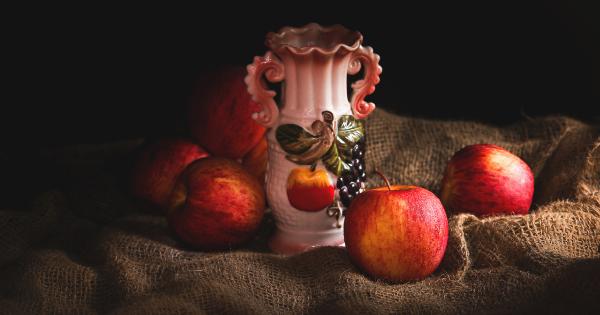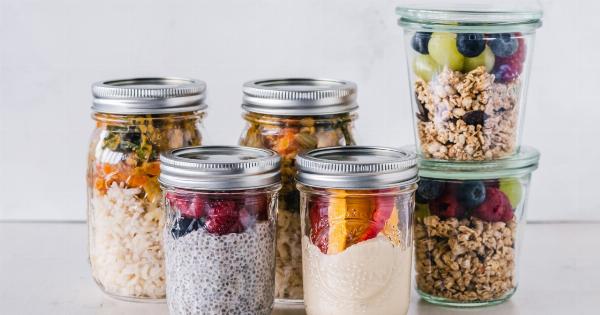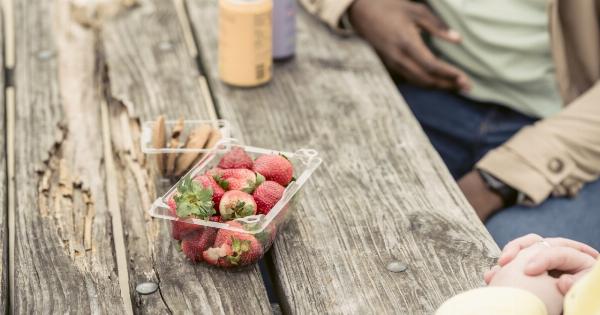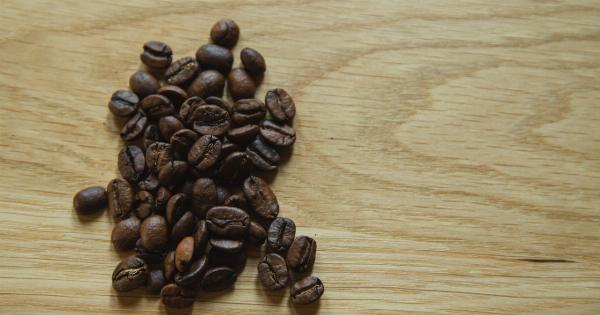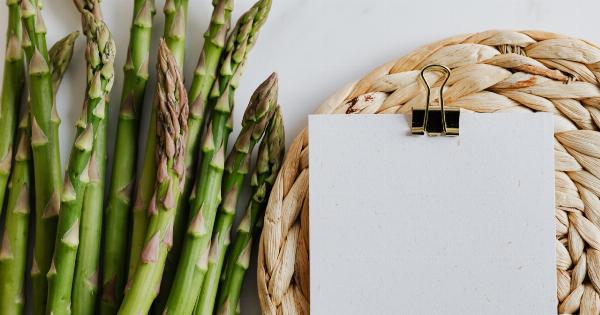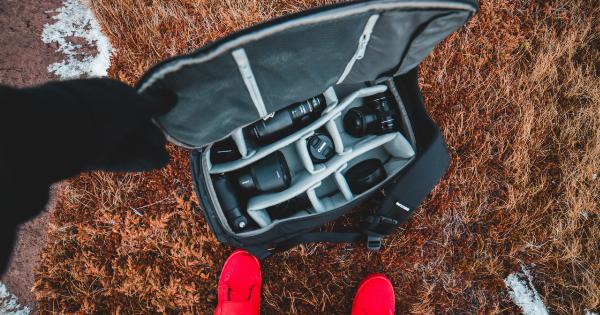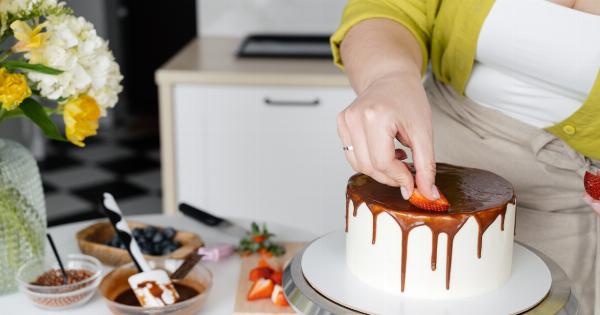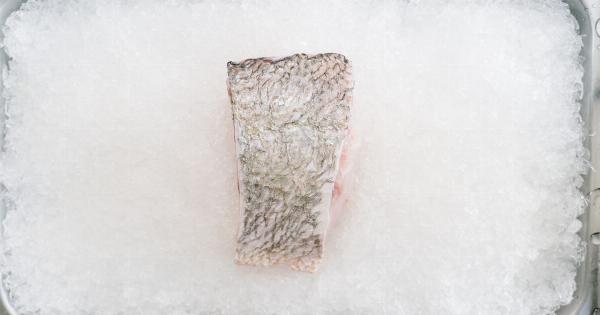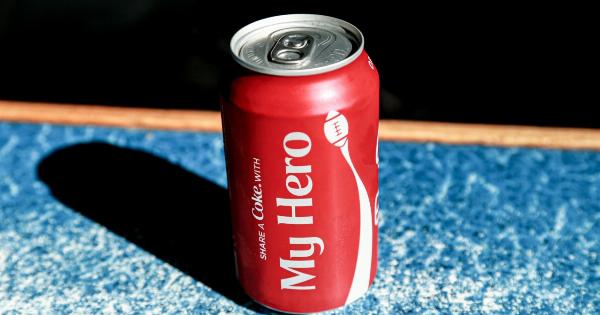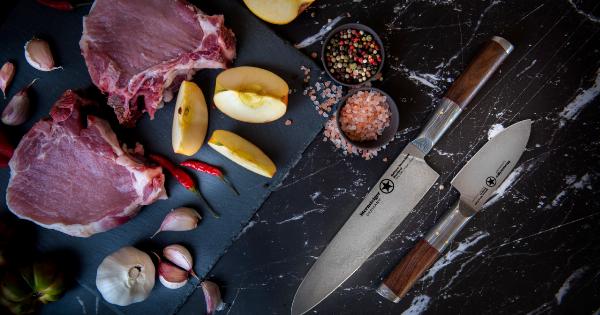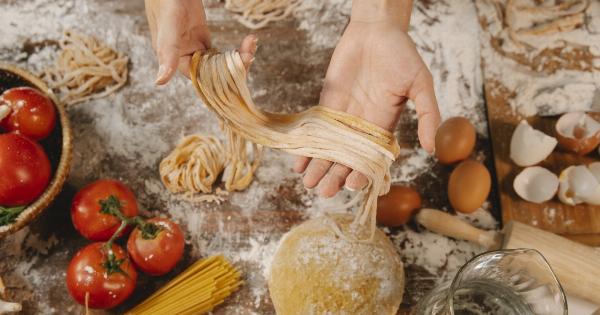Freezing is a popular method of food preservation that helps to extend the shelf life of various ingredients and meals. It is an excellent way to reduce food waste and save time in the kitchen.
However, proper knowledge and techniques are necessary to freeze foods correctly. In this article, we will provide you with valuable tips and tricks to ensure that your frozen foods retain their quality and taste.
1. Selecting the Right Foods
Not all foods are suitable for freezing. Some foods tend to lose their texture and taste when frozen, while others freeze exceptionally well.
When deciding which foods to freeze, it’s essential to choose items that have a high water content, as they tend to freeze successfully. Fruits, vegetables, meat, poultry, and seafood are all excellent options for freezing.
2. Use High-Quality Containers
Choosing the right containers is crucial for maintaining the quality of frozen foods. Always opt for airtight containers or resealable freezer bags made from sturdy materials.
These containers will prevent freezer burn and protect your food from absorbing any unpleasant odors from the freezer. Additionally, it’s important to adequately label your containers with the contents and date of freezing to keep track of what’s inside.
3. Properly Package Foods
When packaging foods for freezing, ensure that you remove any excess air to minimize the risk of freezer burn. For items such as fruits and vegetables, blanching them before freezing can help preserve their color, texture, and nutritional value.
It involves briefly boiling the produce and then quickly cooling it down in ice water before freezing.
4. Consider Portion Sizes
Freezing food in single-serving or family-sized portions can make meal planning and preparation much more convenient. When freezing soups, stews, or sauces, consider using ice cube trays to freeze individual portions.
Once frozen, transfer the cubes to labeled freezer bags for easy access later on. This method also works well for freezing purees, such as baby food or individual herbs in oil.
5. Take Note of Freezer Storage Duration
While freezing can extend the shelf life of foods, it’s crucial to understand that not all frozen foods can be stored indefinitely. Each food item has a maximum recommended storage duration, after which it may experience a decline in quality.
To ensure the best taste and texture, refer to food safety guidelines or reliable sources for specific freezing and storage durations for different foods.
6. Follow Proper Thawing Techniques
Thawing frozen foods correctly is as important as the freezing process itself. Always thaw foods in the refrigerator, as it provides a controlled environment that helps maintain food safety.
If you need to thaw something quickly, you can use the defrost setting on your microwave. Remember to consume or cook any thawed food promptly to prevent bacterial growth.
7. Utilize Freezer-Friendly Recipes
Some recipes are better suited for freezing than others. Consider planning meals specifically designed for freezing, such as casseroles, lasagnas, or meatballs.
These dishes can be prepared in larger quantities and frozen in individual portions, making them ideal for busy days when a quick and convenient meal is needed.
8. Keep a Well-Organized Freezer
Proper organization in the freezer is crucial for easy access and to prevent food from going to waste. Group similar items together and label containers or bags with the name and date to quickly identify what’s inside.
Arrange the oldest items at the front for easy consumption and rotate your stock to ensure nothing gets forgotten or expires.
9. Be Mindful of Texture Changes
Freezing can sometimes affect the texture of certain foods. Leafy greens, such as lettuce or spinach, tend to become wilted and lose their crispness after thawing. However, they can still be used in cooked dishes like soups or stir-fries.
If you want to enjoy the freshness of greens in salads after freezing, consider using heartier options like kale or cabbage.
10. Avoid Freezing Certain Foods
While the majority of foods can be successfully frozen, some ingredients do not freeze well and are better consumed fresh.
Avoid freezing foods with high water content and a high moisture content, such as cucumbers, radishes, and watermelon, as they tend to turn mushy when thawed. Additionally, dairy products like yogurt or sour cream may separate or become watery after freezing.
By following these tips and tricks for freezing foods, you can reduce food waste, save time in the kitchen, and always have a variety of ingredients readily available.
Proper food preservation techniques ensure that your frozen foods remain delicious and maintain their nutrient content. Freeze with confidence and enjoy the benefits of having a well-stocked freezer!.







